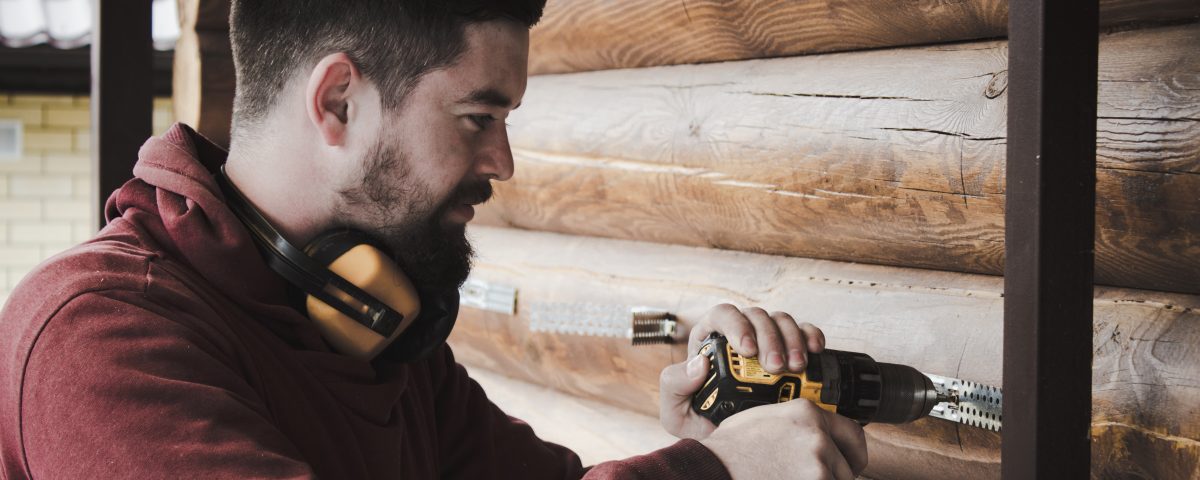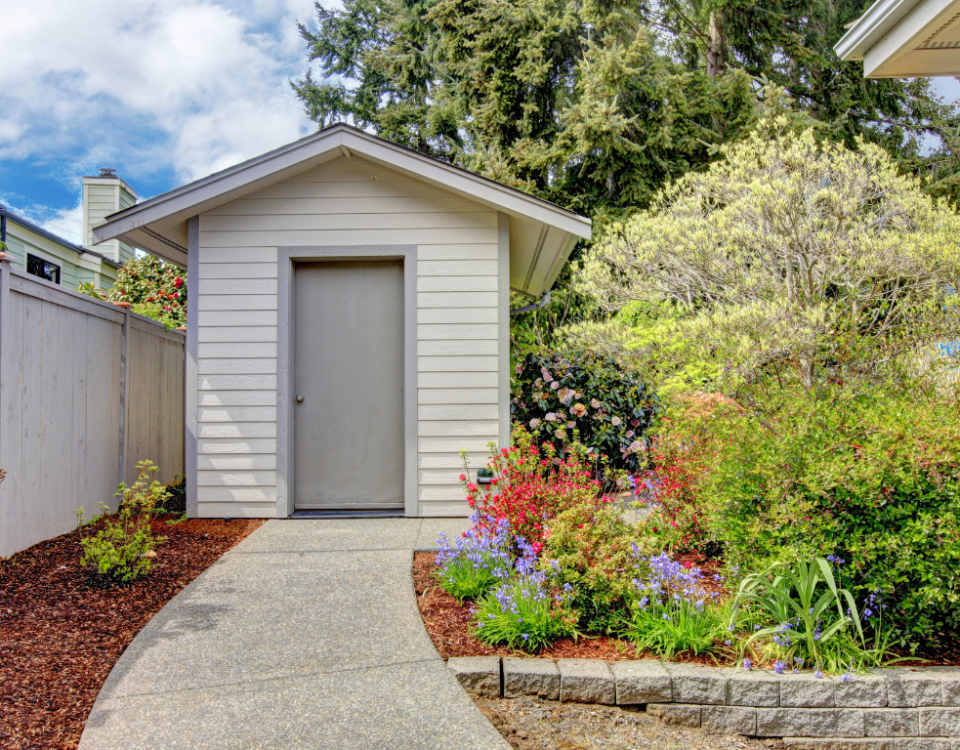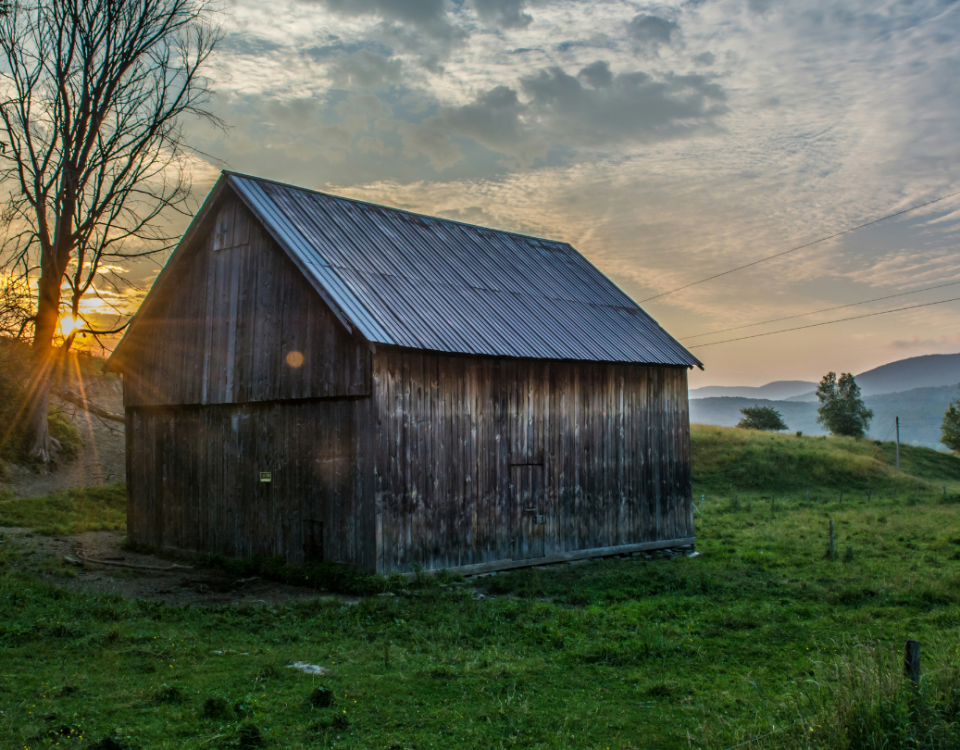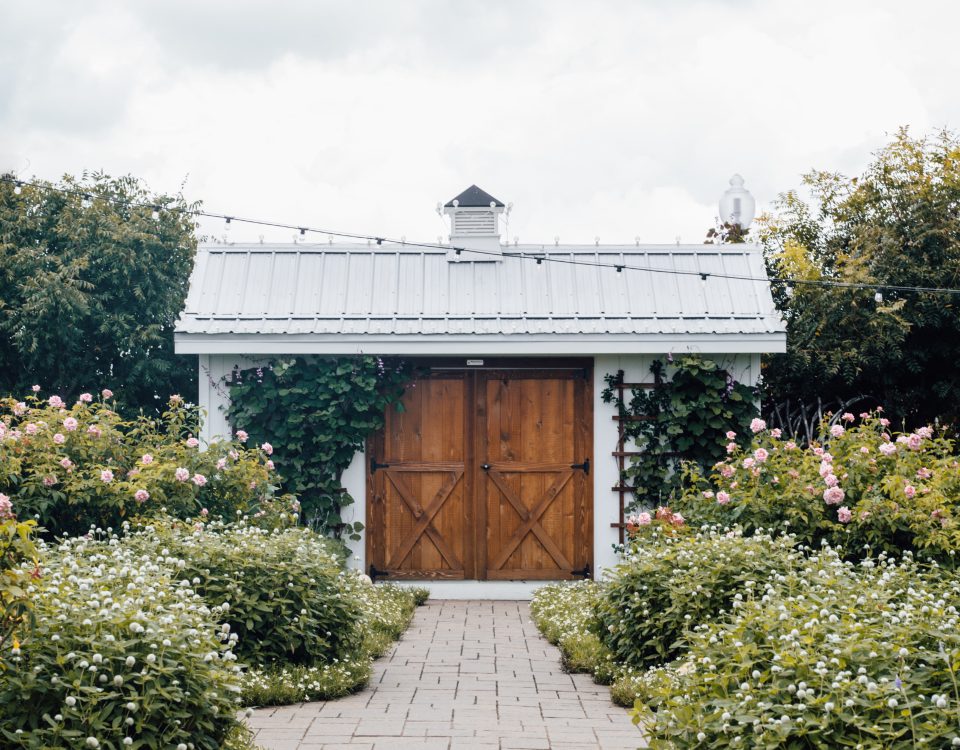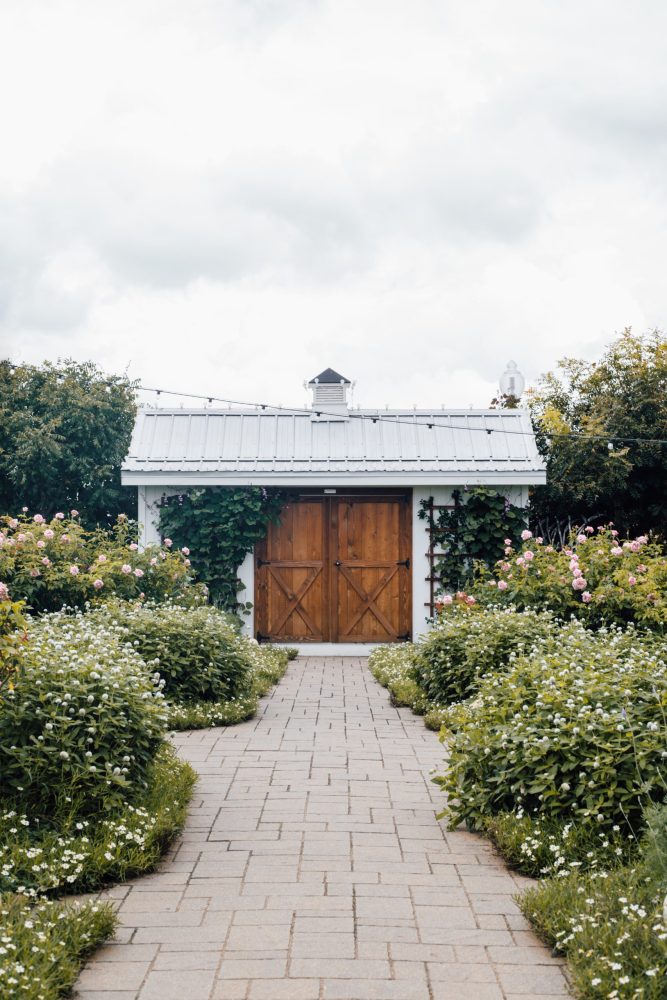
Maximize Your Garden Sheds
December 25, 2021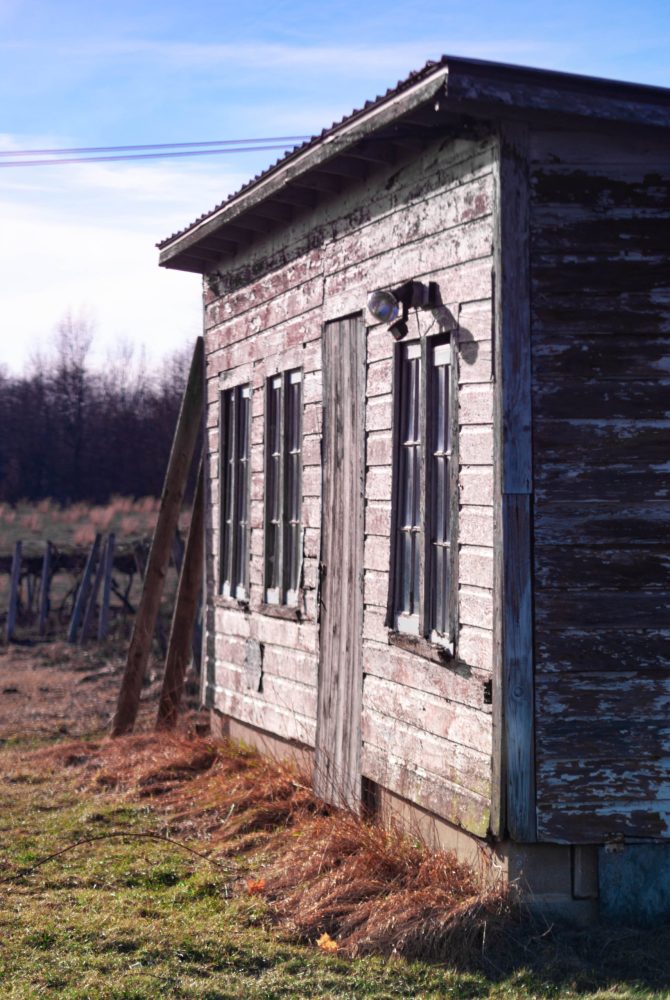
New Year, New Shed: Try Remodeling Your Shed for the New Year
January 25, 2022Key Takeaways:
Roof Inspection:
Regularly check for debris, soft spots, and missing shingles to prevent moisture and pest damage.
Exterior Care:
Clean the shed and inspect for cracks or gaps in the siding, sealing any openings to keep out pests.
Interior & Foundation Checks:
Remove items to inspect for gaps, and ensure the foundation is secure and clear of vegetation to prevent pest infestation.
It’s never too soon to get a start on your spring cleaning and property checklist. You want to make sure your home and shed are up for the task this coming year, after all. The shed is a perfect place to start, as you can inspect it and make any necessary repairs without much trouble, letting you cross off one item from your New Years’ to-do list. But what kind of shed maintenance is necessary, and how do you inspect it? Whether you just installed a new shed this past year, or you’ve owned your current one for some time but haven’t spent much time performing general maintenance, here’s what you need to know to perfect your shed maintenance and to extend the life of the building.
Inspect the Roof
As is the case with your home, you will want to make sure the roof is intact and not damaged on your shed. Roof shed maintenance isn’t as difficult as your roof, though. You can easily remove debris from the roof, as well as any vegetation or other gunk that may have fallen onto the roof since your last inspection.
You will also want to feel around the roof and look for any soft spots or missing shingles. If you locate either soft spots or missing shingles, you will want to repair these areas as quickly as possible. This will not only prevent moisture from entering the shed (which can lead to mold and further damage), but it will keep out pests as well.
Clean and Inspect the Exterior
Now is the perfect time to give the exterior of your shed a solid cleaning. It’s best not to use a pressure washer for this, as the pressure washer’s intensity may damage the siding. And, after all, you want to inspect the exterior of the shed while you’re cleaning it, and the best way to do this is to touch the shed physically.
As you wash the shed, look for any major damage to the siding. You should also check around the seams to see if the siding fits together. Look for cracks or gaps that might have developed. If some of the sidings have cracked, you may need to replace the damaged piece. If there is a small gap between siding pieces or around the corners of the shed, you will want to fill these in. Rodents and insects can push their way in through any size gap, so fill these gaps in with some foam insulating spray. Go easy on the spray, though. The foam will expand, and you don’t want to increase the size of cracks or gaps by pushing siding out of place.
Inspect the Interior
With the shed’s exterior cleaned and looking good, now it’s time to focus your attention on the shed’s interior. The best way to do this is to remove everything from the shed. This is a day-long task, so check the weather ahead of time.
After pulling everything out of the shed, begin by closing yourself into the small building. Look for gaps and sunlight where the roof meets the walls and where the walls meet the ground. Much like you did with the exterior, if you find any gaps, you will want to fill these in. If you find gaps or sunlight holes in the ceiling, go back out and look over the roof again. It’s possible you missed some damage to the shingles.
Sweep out the shed after inspecting and making the internal repairs. There’s a good chance dirt, and other grime has built up since you previously performed shed maintenance. You may even need to wash the floor of the shed if oil or other liquids spill. Sometimes these liquids can have sweet smells, which attract animals. Many of these liquids, such as coolant, can be extremely dangerous to animals as well. So wash the area with a mild soap.
Inspect the Foundation
With the rest of the shed cleaned and ready to go, any maintenance shed checklist will also need to cover the foundation. The foundation is relatively easy to inspect, but it is extremely important. Search the foundation for any gaps between it and the shed. Then, check to see if there are cracks or damage to the shed.
You will also want to remove grass and vegetation around the foundation. Vegetation will draw insects and mice, and the more you have insects and mice around the shed, the greater the chance of these pests moving into the home.
You should also think twice about stacking logs and wood for your fireplace around the shed. Mice absolutely love to hang out in these areas. Instead, if you want to store your firewood, you can build an attachment to the outside of the shed that will hold the wood but help you avoid stacking the exposed wood against the siding.
With all of this done, you can now put everything back into the shed. You may even find a better way to organize the shed now that you can see what you have and the kind of room you have to work with.
Help With All Your Shed Needs
Does your current shed look a little worse for wear? Would you rather start from scratch with a new shed rather than repair the old piece of property that came with the house when you bought it? Or maybe you don’t have a shed yet, and you’ve decided you’re finally going to take the next step and have one built for your backyard. Whatever boat you’re in, Barnyard Utility Buildings is here to help. From offering advice to helping you design the perfect shed from the ground up, all your questions will be answered and your needs met by giving the team at Barnyard Utility Buildings a call.
Proudly serving customers across North and South Carolina including Concord, NC, Huntersville, NC, Greer, SC, Fort Mill, SC.


